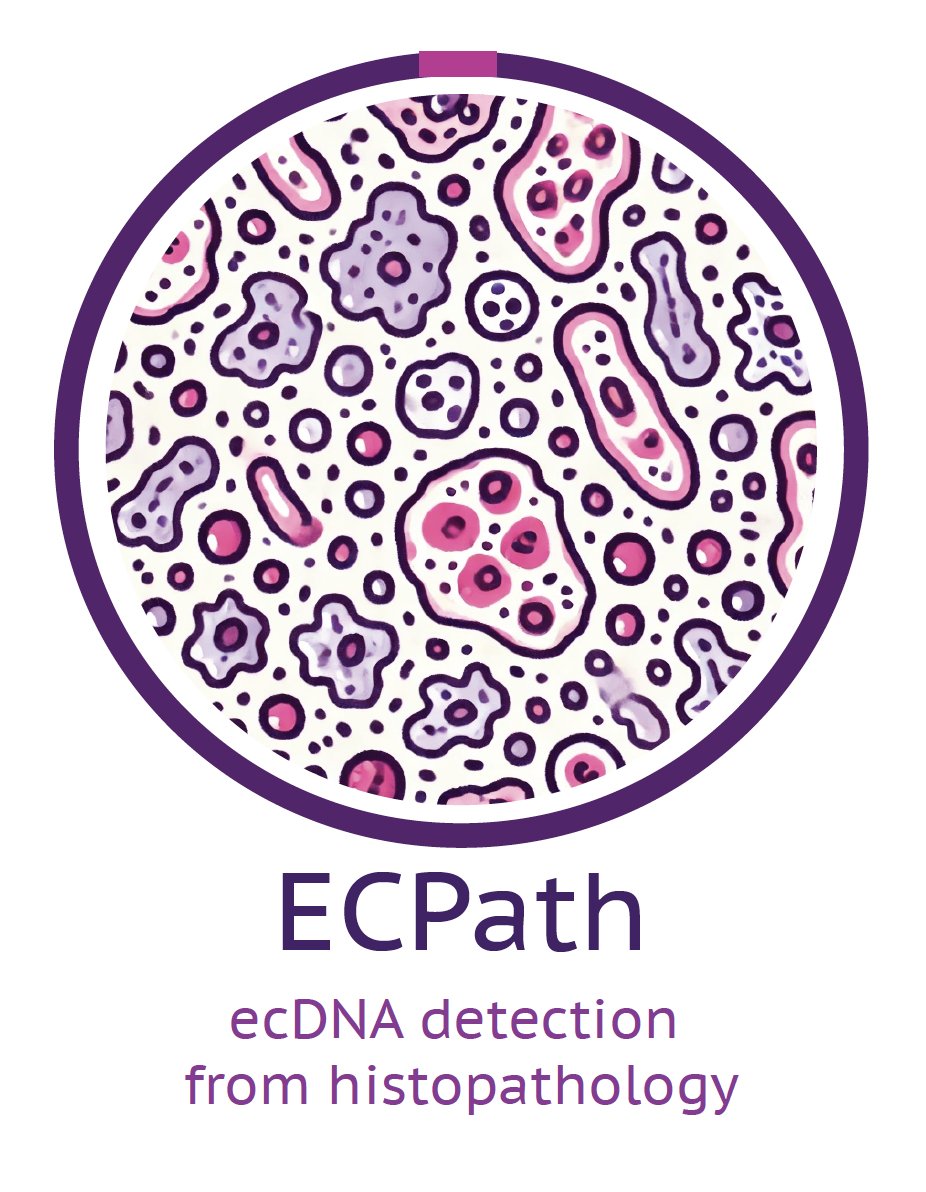
Sanju Sinha
@Sanjusinha7
Followers
4K
Following
2K
Statuses
3K
Asst Prof @sbpdiscovery I tweet comp bio-resources. | PhD in ML→cancer therapies| ex-NCI, UMD, IITG, Max Delbruck, NCL| Tweets are chatGPT's view, not mine.
San Diego, California
Joined June 2012
RT @srikosuri: It’s been a tough few weeks. My 10yo daughter was diagnosed with a very rare, aggressive cancer called interdigitating dendr…
0
5K
0
RT @JanBroderEngler: This is how you can generate multipage PDFs in #tidyplots 🚀 #rstats #dataviz #phd
0
55
0
RT @biorxiv_bioinfo: ggalign: Bridging the Grammar of Graphics and Biological Multilayered Complexity #biorxiv_bioi…
0
5
0
This is super cool; Protein sequnece have localization code aside of folding information. this begs the question of whether there's more - where to secrete, half-life, adaptive vs. conserved (redundant coding for robustness).
This is like AlphaFold, but for protein localisation rather than folding It's a deep learning model that predicts a protein's subcellular compartment based on its amino acid sequence alone:
0
0
4
@sama came back to use chatGPT to try deep research after eight months (claude user) and bought plus. Only to realize it's only available for pro. If I am coming back, i hope we get better names (aside of deep research to plus). would AGI be q4-mini-high-ultra-plus-magnum?
1
0
2
RT @SamuelBHume: "Our studies suggest that proteins have evolved to harbor at least two types of codes, one for folding and another for int…
0
74
0
RT @MitoPsychoBio: All mitochondria in your body comes from the same "mother" population in the egg/oocyte, later differentiating into dist…
0
222
0
RT @JonasKoeppel: I’m delighted to share our work on scrambling the human genome using prime editing, repetitive elements, and recombinases…
0
86
0
this looks very promising.
Cancer evolution enthusiasts - you might be interested in some new data from our lab on quantifying cell divisions along evolutionary lineages in colorectal and lung cancer, published today in @NatureGenet! If so, some highlights below 👇
0
0
3
RT @AsimovPress: Indoor air quality has been a problem for most of human history. From Viking longhouses to 19th-century London, the strug…
0
31
0
RT @deedydas: Foundational models don’t work as well in non English languages. If India wants to build its foundational model, it should d…
0
33
0
RT @paulg: This may be the most inspiring sentence I've ever read. Which is interesting because it's not phrased in the way things meant to…
0
2K
0
RT @TimePieChina: A panoramic view of cell population dynamics in mammalian #aging: By Zehao Zhang, Wei Zhou, Junyu…
0
1
0
RT @AI4Pathology: ✨📣Introducing THREADS: a multimodal foundation model for pathology trained on paired histology and genomic data 🔬+🧬 We s…
0
61
0
RT @mikeknoop: just published my full @arcprize analysis of deepseek's r1-zero and r1. link below. key points: r1-zero is more important t…
0
136
0
RT @snowmaker: A good prompt for thinking of startup ideas: "What ideas has the world given up on, that someone should try again?"
0
165
0






